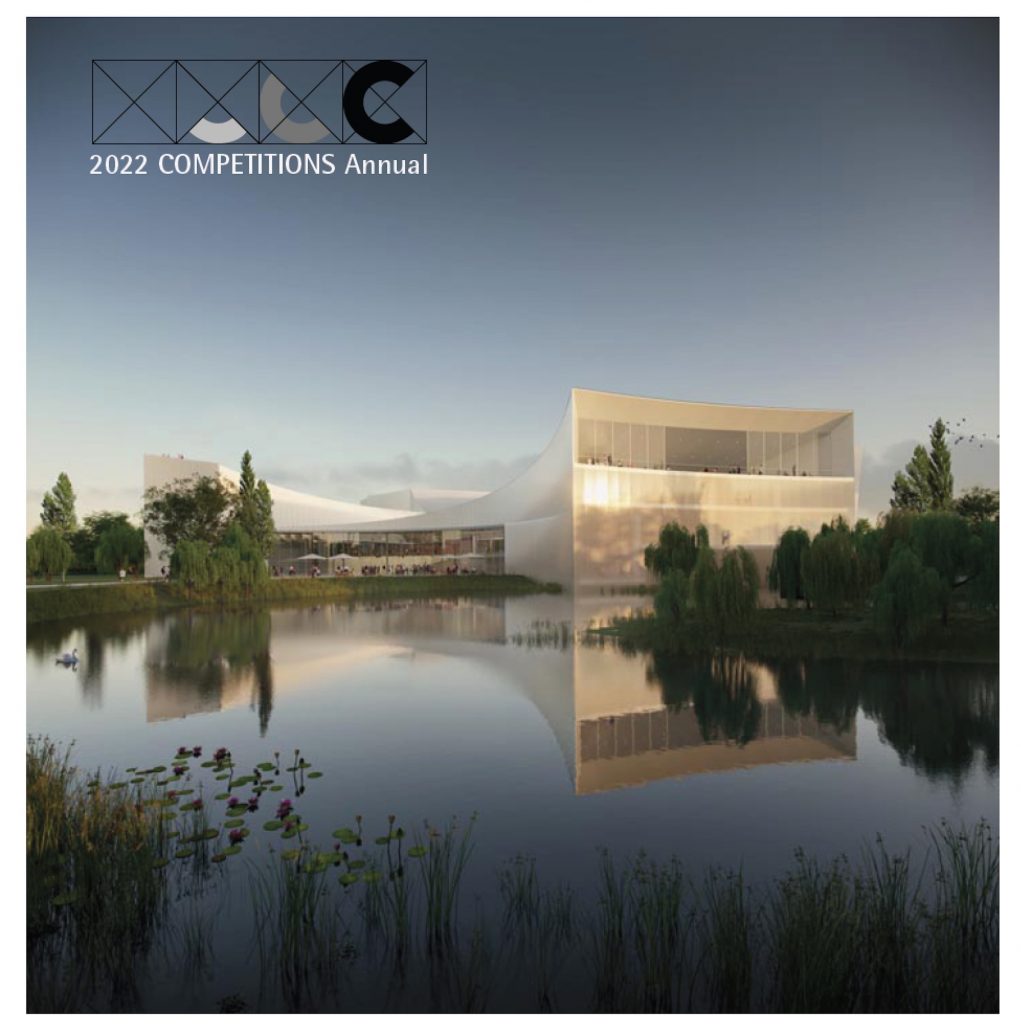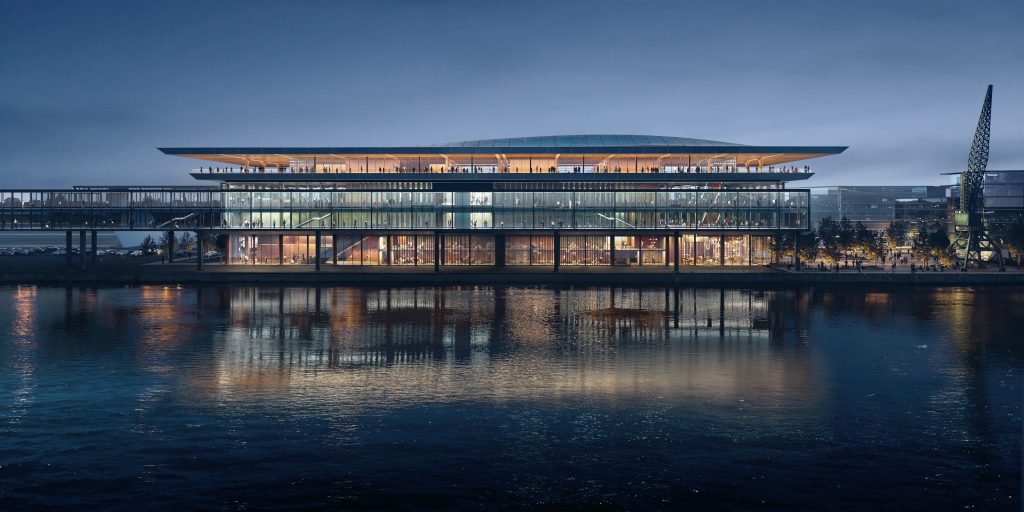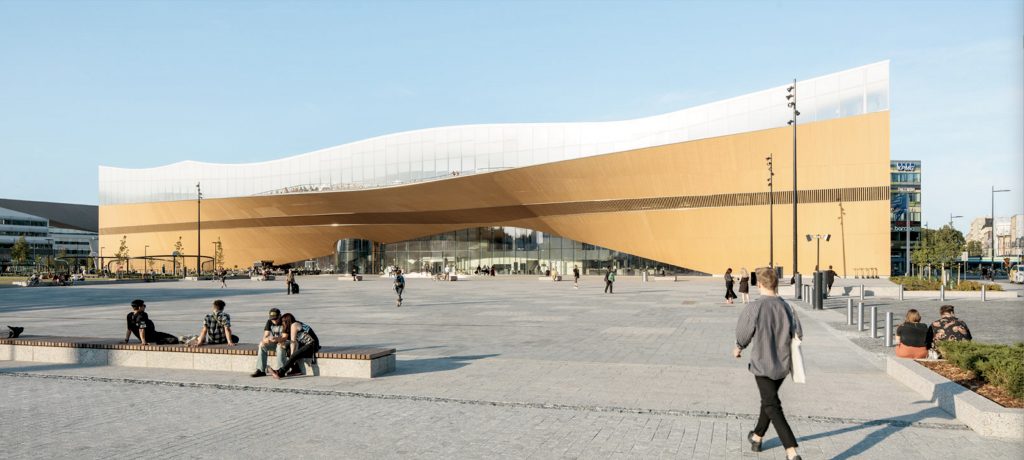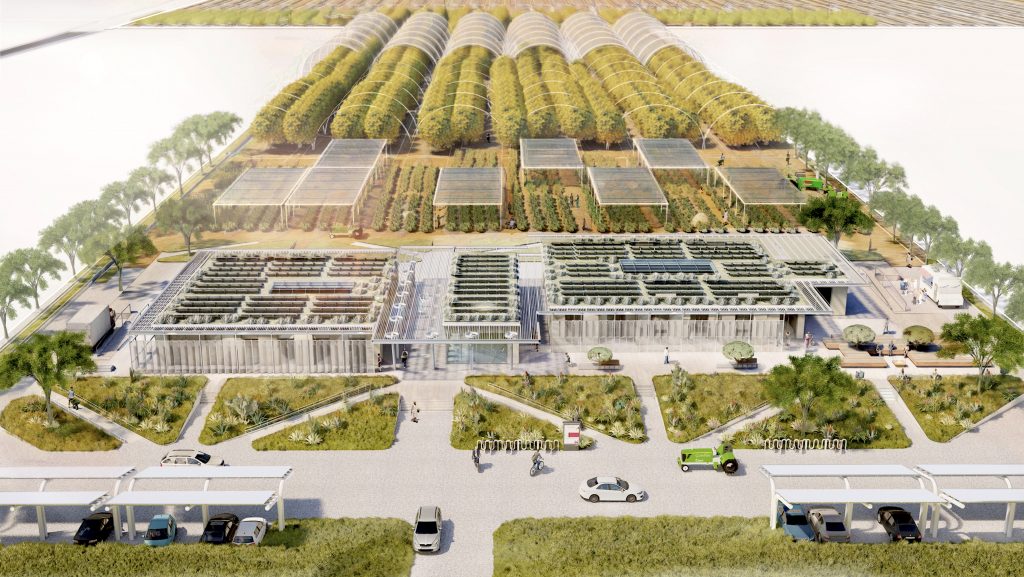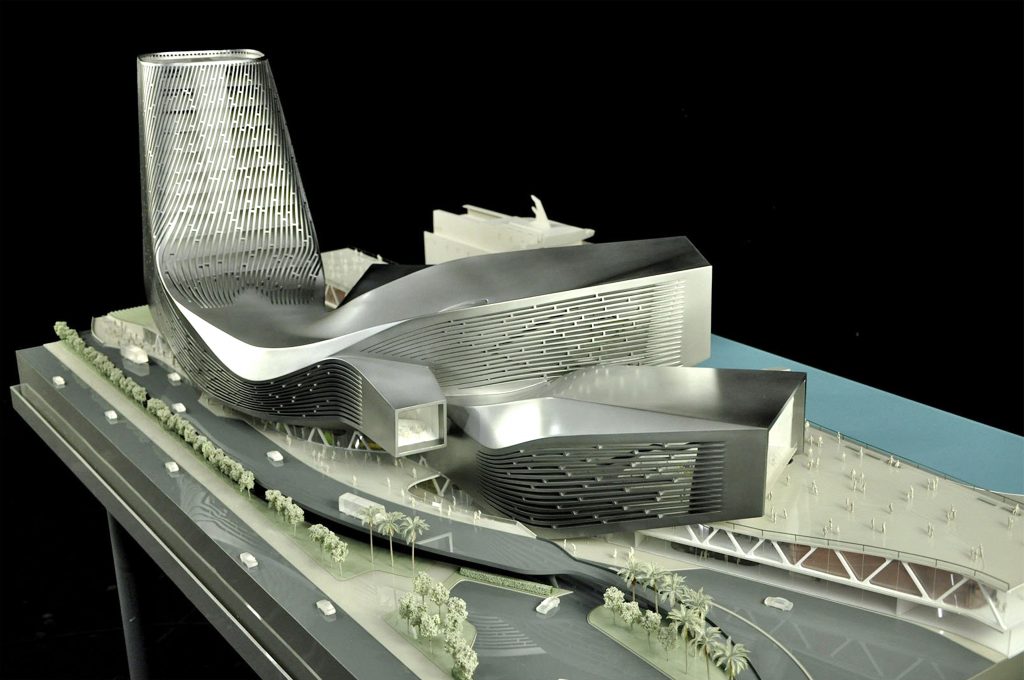Sponsor: Arquideas
Location:Â Kruger National Park, South Africa
Type: Open, ideas
Eligiblity:
This competition is open to international undergraduate and graduate students and recent graduate of architecture or related degrees, individually or in teams made up of a maximum of four members. Recent graduate means that person graduated within the 2 years before the competition launching, this is, all graduated in 2012 or later.
Language: English, Spanish
Entrance Fee:
100 € team registration (from 2 to 4 members)
Awards:
Registration Deadline: 16 January 2015
Submission Deadline:Â 2 February 2015
Jury:
Design Challenge:
Kruger National Park is the largest game reserve in South Africa. Covering a total of 18,989 km², it extends 400 km from north to south and 60 km from east to west.
The park is located in north-east South Africa, on the border with Mozambique and extends from north to south from the border with Zimbabwe almost to the border with Swaziland.
Kruger National Park is among the largest national parks in the world and without a doubt one of the most famous. It is an impressive wildlife refuge that holds an incredible diversity of large animals. Perhaps the most well-known are the famous Big Five: the African elephant, the lion, the leopard, the rhinoceros and the buffalo.
The goal of this competition for architecture students and young architects, entitled International Wildlife Center (IWC) in Africa, is to create a visitor centre and accommodation for tourists and volunteers, whose main objective is to collect funds for animal protection.
The IWC will receive tourists interested in a learning experience that includes direct contact with the species that live in Kruger National Park, as well as professionals, volunteers linked to the veterinarian studies and the care and protection of animals and nature, who want to broaden their knowledge of these species, as well as contribute to the protection of their habitat.
For more information, go to: www.arquideas.net



























